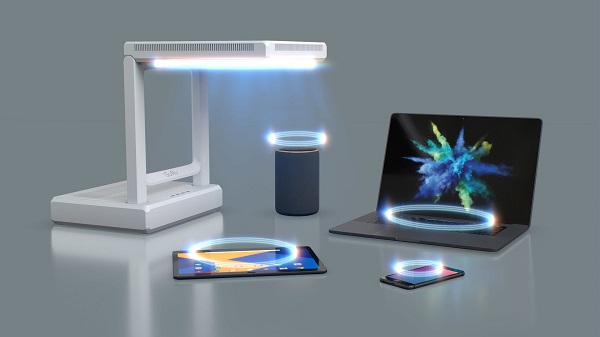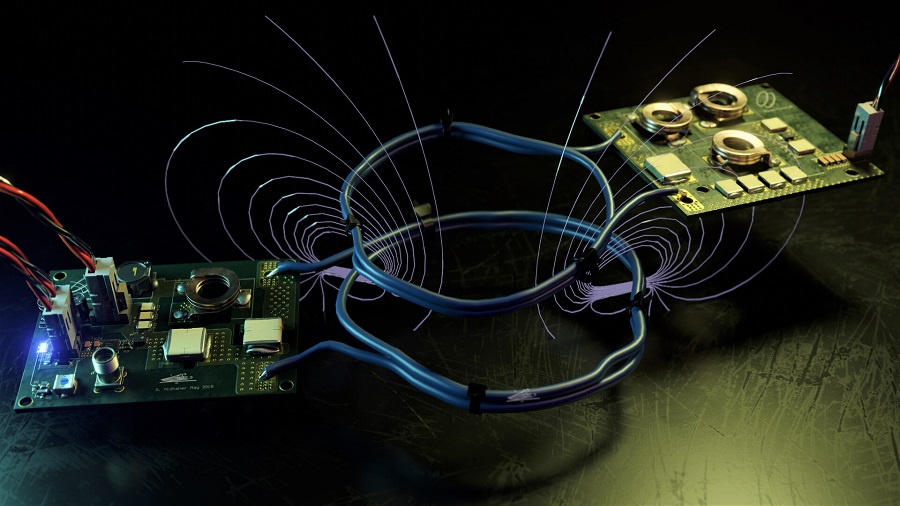Wireless Power Transfer: Revolutionizing How We Charge

Wireless power transfer represents a significant leap in technology, offering a new way to charge and power devices without the need for physical connectors or cables. This article explores the origins, workings, advantages, potential impacts, and challenges of wireless power transfer technology.
What is Wireless Power Transfer and How Does it Work?
Wireless power transfer (WPT) is a method of transmitting electrical power without the use of wires. The concept, dating back to Nikola Tesla’s experiments in the late 19th century, has evolved significantly. Modern WPT relies mainly on electromagnetic induction or magnetic resonance, allowing for the transfer of power over short distances without direct contact.
The technology involves two key components: a transmitter and a receiver. The transmitter generates an alternating electromagnetic field, which the receiver, embedded in a device like a smartphone or laptop, converts back into electrical power. This process, though seemingly simple, is the result of complex engineering and years of research and development.
Advantages Over Wired Charging and the Significance of Going Wireless
Wireless power transfer offers several advantages over traditional wired charging. The most obvious is the convenience it provides. With WPT, the hassle of carrying multiple chargers and dealing with tangled cables is eliminated. It also reduces wear and tear on the device’s charging port.
Another significant advantage is the aesthetic and practical aspect of wireless charging stations. They can be seamlessly integrated into furniture or public spaces, offering an unobtrusive and convenient charging solution.
Wireless technology also signifies a step towards more flexible and adaptive use of electronic devices. It supports the vision of truly mobile and always-connected gadgets, enhancing user experience and device functionality.
How Wireless Power Transfer Could Change Our World
The potential impacts of widespread wireless power transfer are immense. In homes and offices, WPT could lead to cleaner and more organized spaces, free from the clutter of cables. It could also drive the development of smart homes, where devices communicate and charge wirelessly, increasing efficiency and convenience.
In public spaces, the integration of wireless charging infrastructure could mean constant connectivity for devices, a boon for mobile workers and travelers. This technology could also revolutionize industries like healthcare, with medical devices being powered or charged without the need for plugging in, reducing risks and increasing mobility.
On a larger scale, WPT has the potential to impact transportation. Electric vehicles (EVs) could be charged wirelessly at parking spots or even while driving on equipped roads, solving one of the biggest hurdles in EV adoption: range anxiety.
Moreover, the technology could lead to more sustainable energy practices. Wireless charging stations could easily integrate renewable energy sources, promoting a shift towards greener energy solutions.

Are There Any Significant Disadvantages?
Despite its advantages, wireless power transfer is not without its challenges. One of the main concerns is efficiency. WPT systems currently have lower efficiency compared to traditional wired chargers, leading to slower charging times and more energy loss.
Another issue is the range limitation. Effective power transfer currently occurs over relatively short distances. Extending this range without compromising safety or efficiency remains a challenge.
Conclusions: The Future of Wireless Power Transfer
Wireless power transfer technology is poised to become a significant part of our daily lives. While there are challenges in terms of efficiency and range, ongoing research and development promise improvements in these areas.
The cost of implementing WPT technology is also an important consideration. As the technology matures and becomes more widespread, costs are expected to decrease, making it more accessible. The expediency of investing in WPT lies in its potential to make our interactions with technology more seamless, efficient, and aesthetically pleasing.
In conclusion, wireless power transfer is not just a novel convenience; it’s a step towards a more interconnected and efficient future. Its development and adoption will be key in shaping how we interact with and power our devices in the years to come.
